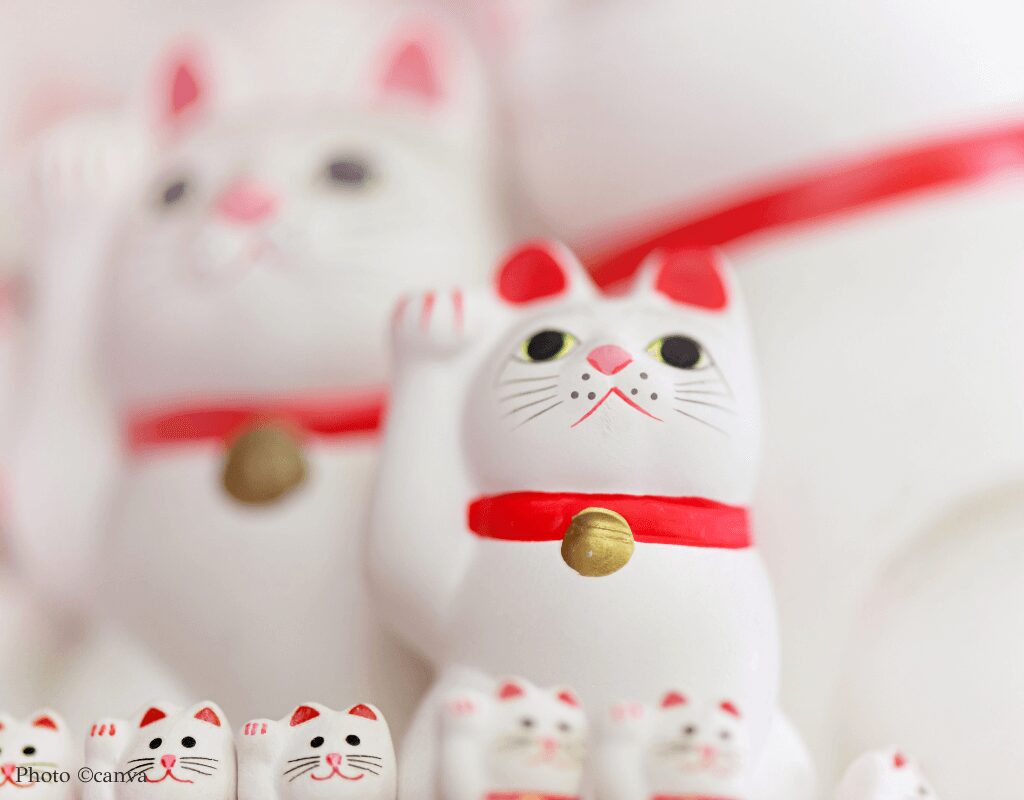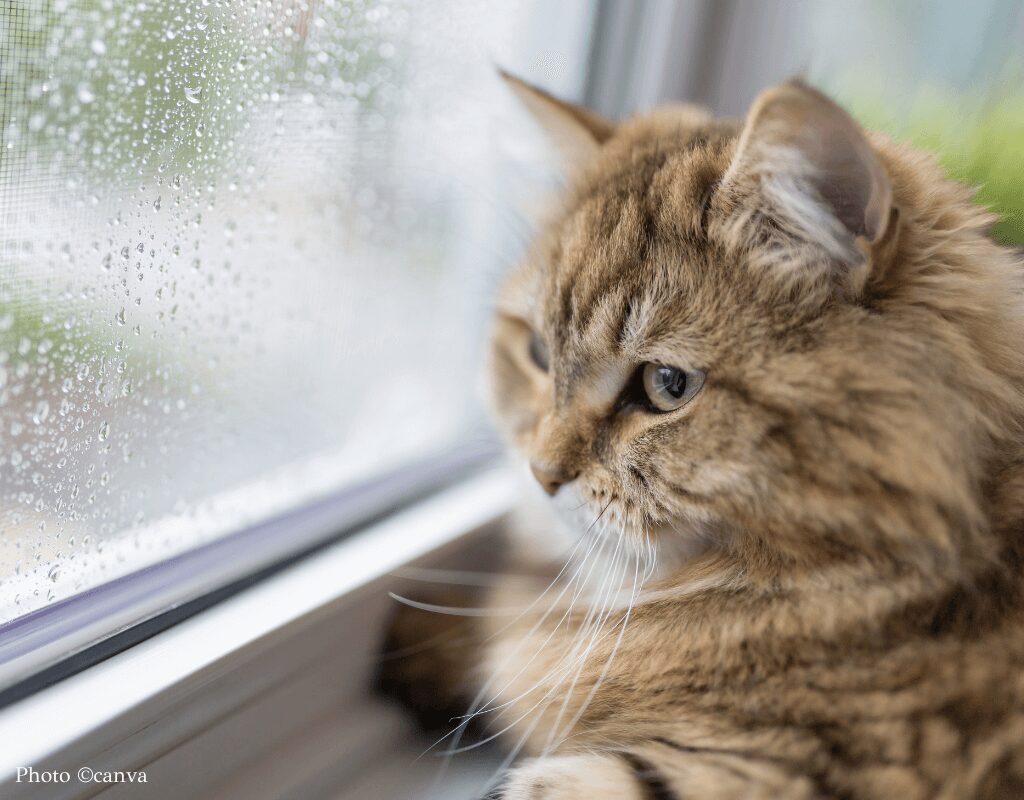884
National Cat Day in Japan, or Neko no Hi, is a special celebration that takes place every year on February 22. This day honors our feline friends and their significance in Japanese culture. From unique cat-related proverbs to visiting notable shrines, there are many ways to enjoy this fun occasion. Read on to learn about the history, significance, and traditions of Neko no Hi in Japan.
For other aspects of Japanese culture, read below.
National Cat Day, or Neko no Hi (猫の日), is celebrated in Japan every year on February 22. The date was chosen because the number 2 is pronounced “ni” in Japanese, and when repeated three times (2-2-2), it sounds like “nyan-nyan-nyan” (にゃんにゃんにゃん)—the Japanese way of mimicking a cat’s meow. This playful wordplay makes February 22 the perfect day to honor and appreciate cats in Japan.
Japan’s National Cat Day was created in 1987 by the “Cat Day Executive Committee,” a group of cat lovers who wanted to dedicate a special day to celebrating cats. While Japan celebrates on February 22, the International Fund for Animal Welfare (IFAW) has designated August 8 as World Cat Day.
Cats have always been a big part of life in Japan. According to a 2024 survey by the Pet Food Association, there are about 9.15 million pet cats in Japan, compared to 6.79 million pet dogs, meaning cats are now more commonly kept as pets.
Source: JAPAN PET FOOD ASSOCIATION
Cats are also important in Japanese culture, with symbols like the Maneki-neko (beckoning cat), which is believed to bring good luck. In Japanese culture, cats are not only beloved animals but also feature in various proverbs that reflect their characteristics. One popular ことわざ (proverb) is:
This expression means giving something valuable to someone who doesn’t appreciate it, like giving gold coins to a cat that doesn’t care about them. It shows that some things may go unappreciated by those who don’t recognize their value.
This expression is used when someone is extremely busy and in need of any help, no matter how small.

National Cat Day in Japan is a fun and exciting time for cat lovers. Many people celebrate by sharing photos and videos of their cats on social media with hashtags like #猫の日 (#NekoNoHi). Pet stores, cat cafés, and brands often join in by offering special discounts, limited-edition cat-themed products, and events.
While in Japan, why not make the day even more special by visiting notable shrines and temples related to cats?
One unique spot is Ōji Shrine (王子神社) in Tokushima. This shrine honors Neko-gami (猫神), a rare cat deity believed to bring good fortune. According to legend, a woman falsely accused of a crime asked her cat to take revenge before her execution. The cat’s spirit is said to have caused misfortune for those responsible, and over time, people came to see it as a deity that grants wishes.
Further Details: View Website
Address: Tokushima City, Hachimancho, Bunka no Mori
Located within the grounds of Asamai Hachiman Shrine in Yokote City, Akita Prefecture, Chūbyō Shrine (忠猫神社) is dedicated to a legendary cat honored as a deity. During the mid-Meiji period, this cat was praised for protecting rice crops—an essential food source—from rats and even assisting in the construction of a park. Over time, the cat became revered as a guardian spirit, and a shrine was built to honor its contributions.
Further Details: View Website
Address: 127 Kamijirouma, Asamai, Hiraka-cho, Yokote-shi, Akita Prefecture
Dan’ō Hōrinji Temple honors the deity Shuya-jin, who guides people toward enlightenment by shining light on all things. This god is linked with a black cat, seen as his messenger.
Since the mid-Edo period, the temple created a lucky cat with Shuya-jin’s name. The cat became very popular. One famous cat from the temple is the “right-handed beckoning cat.” This cat is special because it is black and raises its right paw. People consider it the oldest beckoning cat linked to temples in Japan.
Further Details: View Website
Address: 36, Horinji Monzen-cho, Kawayama-dori Sanjo-agaru, Sakyo-ku, Kyoto City
To explore more about Japanese culture, including its traditions, festivals, and unique customs, check out our other articles.
